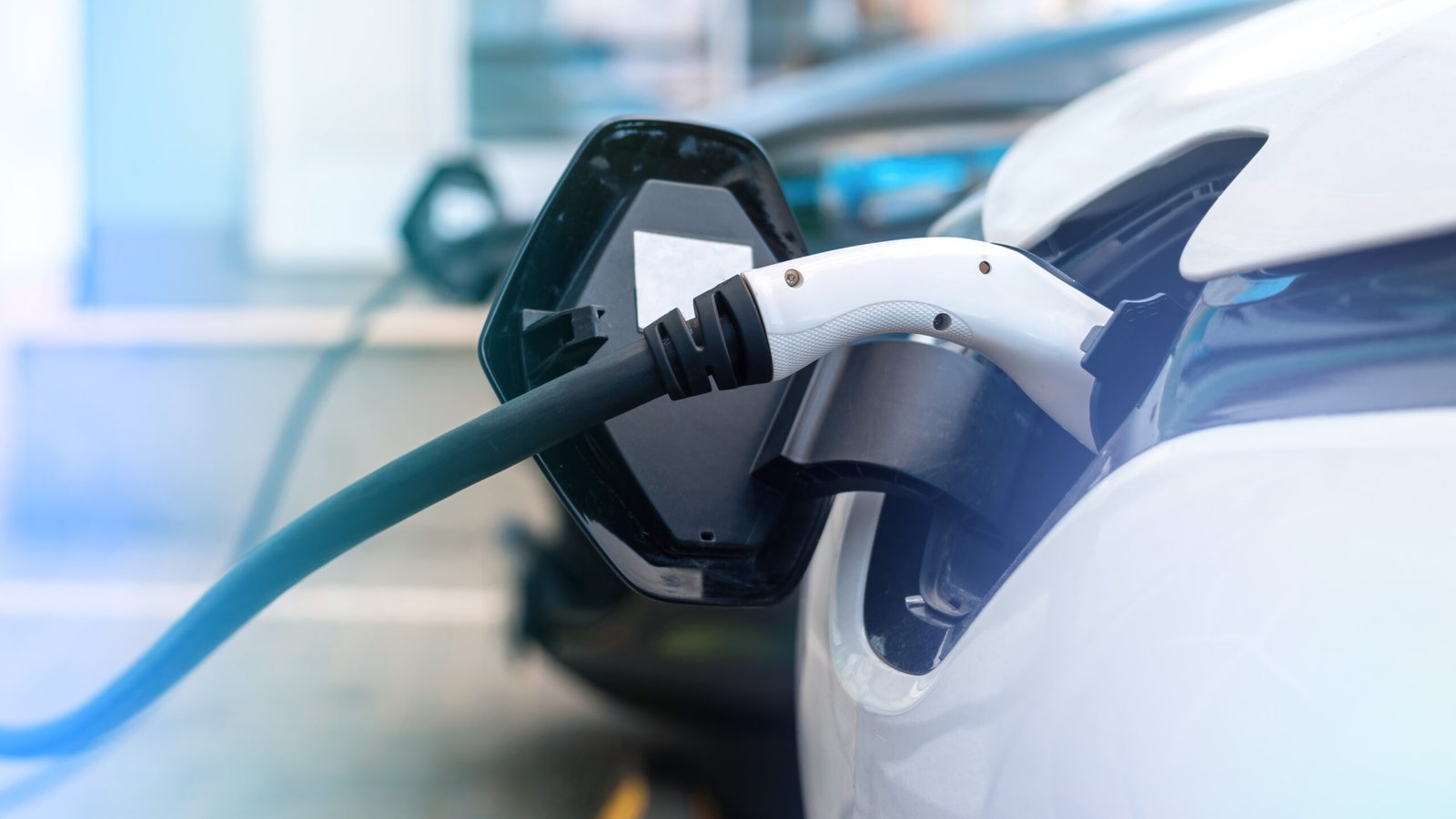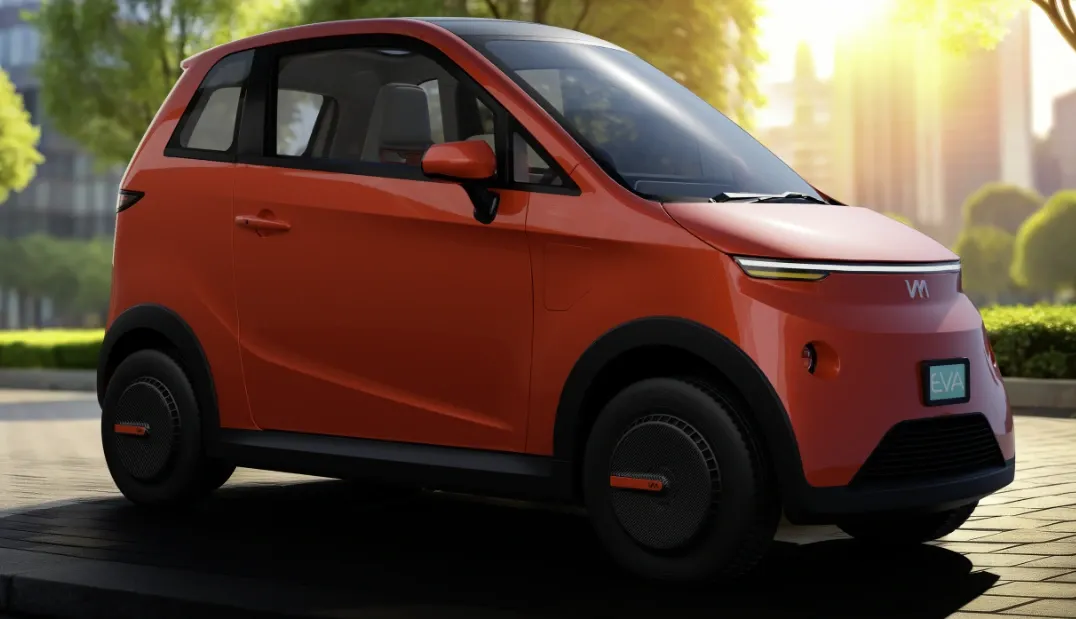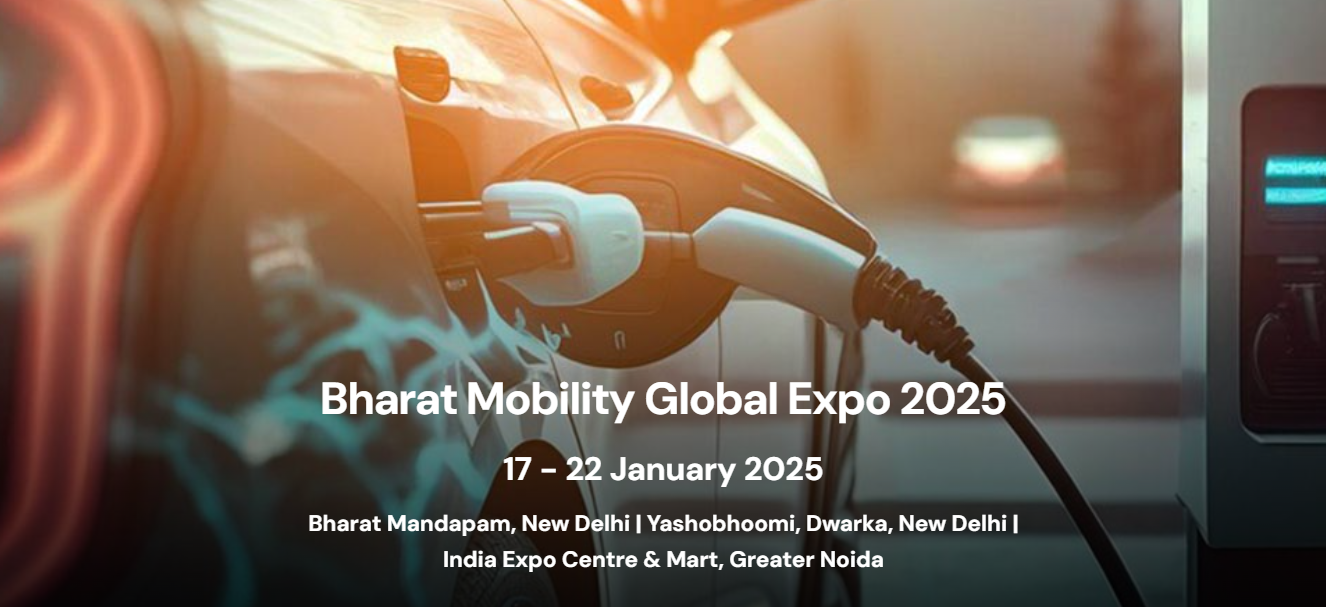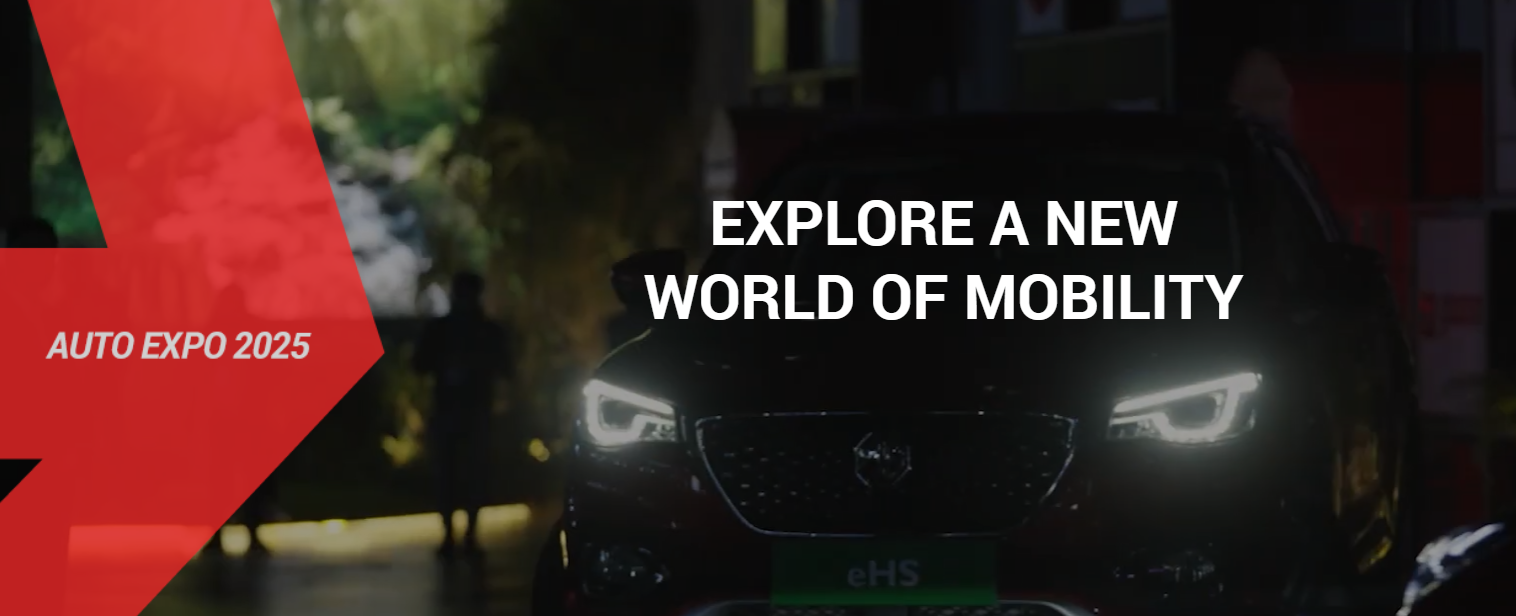As you know, the world is fast shifting towards cleaner and greener transportation. Obviously, among the most significant components of this shift is the rise of the electric vehicle. Unlike traditional ICE vehicles, these cars run on electricity instead of petrol or diesel, making them eco-friendly. Electric vehicles are becoming more efficient and affordable with the advancement in technology. On the other hand, Governments and companies are also promoting EVs through incentives and better infrastructure. As a result, new buyers are choosing it for a smarter and more sustainable way to travel. In this blog, I am going to explore why the electric vehicle will shape the future of mobility keeping behind the traditional fossil fuel vehicles.
The Rise of Electric Vehicles: A Global Picture
The concept of electric vehicles has been buzzing around for a long time. But, only in the past decade, the electric vehicle has gained vast popularity. The rise in fuel prices in the world market and the environmental impacts of gasoline vehicles have triggered this momentum. In recent years, electric vehicles have witnessed exponential growth. According to a recent report, the global sales of electric vehicles rose by an annual 30.5 percent. Around the globe, Governments, automakers, and consumers alike are driving this growth through significant investments, policy changes, and a collective commitment to reducing carbon footprints. Major economies like the US, China, and India are at the forefront, incentivizing EV adoption through tax rebates, subsidies, and infrastructure development.
Components of Electric Vehicle
An electric vehicle (EV) is made up of several essential components that work together to enable its operation. Following are some essential parts of EV:
- Battery Pack
- The battery stores the electrical energy to supply power to the vehicle. Most EVs use lithium-ion batteries due to their long life and high energy density.
- Electric Motor
- The electric motor converts electrical energy into mechanical energy, which drives the wheels of the vehicle.
- Inverter
- Inverter converts DC electricity of the battery into AC to power the electric motor. In addition to that inverter manages motor speed and torque during operation.
- Power Control Unit (PCU)
- It regulates the flow of electricity between battery, motor and inverter and also ensures optimal performance and efficiency of EVs.
- Charging Port
- EVs recharge their batteries through external power sources via a charging port. Charging infrastructure includes home chargers, public stations, and fast chargers.
- Inverter
- The inverter changes direct current (DC) from the battery into alternating current (AC) to power the motor.
- Auxiliary Battery
- Auxiliary battery powers air conditioning, infotainment, lights etc.
- Display and Infotainment System
- Provides real-time information about the vehicle including battery status, range and navigation.
Benefits of Switching to Electric Vehicles from ICE Vehicles
Switching to an electric vehicle from a traditional ICE engine car is more than just a smart choice—it’s a smart choice for a cleaner, cost-effective, and sustainable future. Here, I will now delve into the many advantages of choosing an electric vehicle over traditional ICE cars.
1. Cost Savings on Fuel and Maintenance
One of the most immediate benefits of electric vehicles is their cost efficiency. These vehicles run on electricity, which is significantly cheaper than petrol or diesel. Additionally, EVs have fewer moving parts compared to ICE vehicles, reducing the likelihood of mechanical failures and lowering maintenance costs.
2. Environmental Benefits
Switching to electric vehicles drastically reduces greenhouse gas emissions. Unlike ICE vehicles, EVs produce zero tailpipe emissions, making them a cleaner option for the environment. Choosing EVs will essentially help combat air pollution.
3. Government Incentives and Subsidies
To promote the adoption of electric vehicles, many governments offer incentives such as tax rebates, subsidies, and reduced registration fees. These financial benefits make EVs more affordable for consumers. India offers schemes like FAME-II (Faster Adoption and Manufacturing of Hybrid and Electric Vehicles).
4. Enhanced Driving Experience
Electric vehicles offer a smooth and noise-free driving experience. With instant torque delivery, EVs accelerate faster and more efficiently than ICE vehicles, making them a joy to drive.
5. Energy Independence
By switching to EVs, countries can reduce their dependence on fossil fuels. This cost-effective shift not only strengthens energy security but also supports the use of green energy like solar and wind energy.
6. Growing Charging Infrastructure
The rapid development of EV charging infrastructure is addressing range anxiety. From home charging stations to high-speed public chargers, EV owners now have convenient options to recharge their vehicles.
7. Future-Ready Investment
As the world moves toward a greener future, having an electric vehicle stands out your presence ahead of the curve. EVs are set to dominate the automotive market in the near future as countries phase out ICE vehicles to combat climate change.
Types of Electric Vehicles
- Battery Electric Vehicles (BEVs)
Fully electric, powered exclusively by rechargeable batteries (e.g., Tata Nexon EV). - Plug-in Hybrid Electric Vehicles (PHEVs)
Combine an electric motor with a petrol/diesel engine for extended range (e.g., Toyota Prius). - Hybrid Electric Vehicles (HEVs)
Use both electric and internal combustion engines but cannot be charged externally (e.g., Honda City Hybrid). - Fuel Cell Electric Vehicles (FCEVs)Operate using hydrogen fuel cells to generate electricity, offering a clean energy alternative.
The Electric Vehicle Industry in India: Progress and Current Scenario
India’s electric vehicle market is growing rapidly, supported by government policies, private sector investment, and consumer demand for sustainable transport solutions.
Government Initiatives for Faster Adoption of Electric Vehicles
The Indian government has introduced multiple policies to promote EV adoption:
- FAME-II Scheme: The Government of India accorded approval towards Phase-II of Faster Adoption and Manufacturing of (Hybrid &) Electric Vehicles in India scheme (FAME-India) with an outlay of Rs. 10,000 crore essentially for demand incentive to create demand for Electric Vehicles in the country.
- EMPS scheme: In addition, the Government of India has also launched the Electric Mobility Promotion Scheme (EMPS) in 2024 to provide further impetus to the green mobility and development of electric vehicle (EV) manufacturing eco-system in the country. The scheme mainly focuses on faster adoption of electric two-wheeler (e-2W) and electric three-wheeler (e-3W).
- Tax Benefits: Electric vehicles in India are subject to 5% GST rates decreasing from 12%. On the contrary, internal combustion engine (ICE) vehicles are taxed at a 28% GST rate. Additionally, ICE vehicles are subject to a compensation cess of up to 22% on top of the 28% GST, combining to a total tax of 50%. The Government has also reduced GST on Chargers/Charging stations for electric vehicles from 18% to 5%.
- State-Level Policies: Several states, including Maharashtra, Telangana, Tamil Nadu, Gujrat and Delhi, have taken policies for faster adoption of electric vehicles.
As the adoption of electric vehicles is gaining momentum, the development of EV charging stations is becoming a critical focus. By 2030, India plans to install over 70,000 public charging stations, with major Electric Vehicle Charging Infrastructure contributions from companies like Tata Power, HPCL, BPCL, and Indian Oil. In a major drive, HPCL and BPCL have collaborated with Servotech Power Systems Ltd. to install powerful charging stations within their fuel pump facility. Other EV charging providers like Exicom, Chargezone, Magenta etc. are also extending their facilities to cater to the increasing demand.
Electric Vehicle Market Trends
Two-Wheeler EVs Dominating the Market: India’s two-wheeler market is vast and increasing rapidly. India’s two-wheelers segment will lead India’s shift towards electric mobility. Brands like Ola Electric, Tata Motors, Ather Energy and Hero Electric are at the forefront.
Electric Cars on the Rise: Affordable models like the Tata Tiago EV, Tata Tigor EV, Mahindra XUV400, Mahindra BE6e, MG Comet, MG Windsor etc. are driving adoption among middle-class families.
Commercial Electric Vehicle: Electric buses and three-wheelers are being deployed for public transport and last-mile delivery services.
Future Prospects of Electric Vehicles in India
- Growth Potential:
- India’s Electric Vehicle market is projected to grow at a compound annual growth rate (CAGR) of over 40% by 2030, driven by decreasing battery costs and increasing demand.
- Make in India Push:
- Additionally, local manufacturing of EV components like batteries and motors is gaining momentum, reducing reliance on imports and boosting employment.
- Technological Advancements:
- Moreover, innovations in battery technology, such as solid-state batteries, are expected to improve range, charging speed, and safety.
- Sustainability Goals:
With the government targeting 30% electric mobility by 2030, India is set to become a significant player in the global EV ecosystem side by side with other countries leading the EV ecosystem like Norway, China and Germany.
Challenges Towards EV Adoption in India
As I have shown, the electric vehicle market in India has experienced substantial growth in recent years. However, despite this growth scenario, acceptance of EVs by the common masses is still not the obvious choice. Now, I am particularly mentioning a few potential challenges that hinder the full-fledged growth of EVs in India:
- High Initial Costs: EVs are still more expensive upfront compared to traditional ICE vehicles.
- Limited Range and Charging Infrastructure: Range anxiety and insufficient charging stations deter potential buyers to move forward to electric vehicles.
- Awareness and Acceptance: Despite the vast and expanding market, many potential consumers are still unaware of the benefits and feasibility of EVs, slowing down the adoption rates.
Let Me Conclude
In conclusion, I can certainly affirm that the electric vehicle revolution is driving a sustainable shift in global mobility. It reduces carbon emissions significantly. With the advancement of technology, electric vehicles are becoming more efficient and accessible. Without any doubt, their adoption will promote cleaner air and energy independence. To conclude, embracing electric vehicles today will ensure a greener and healthier tomorrow for the next generations.










